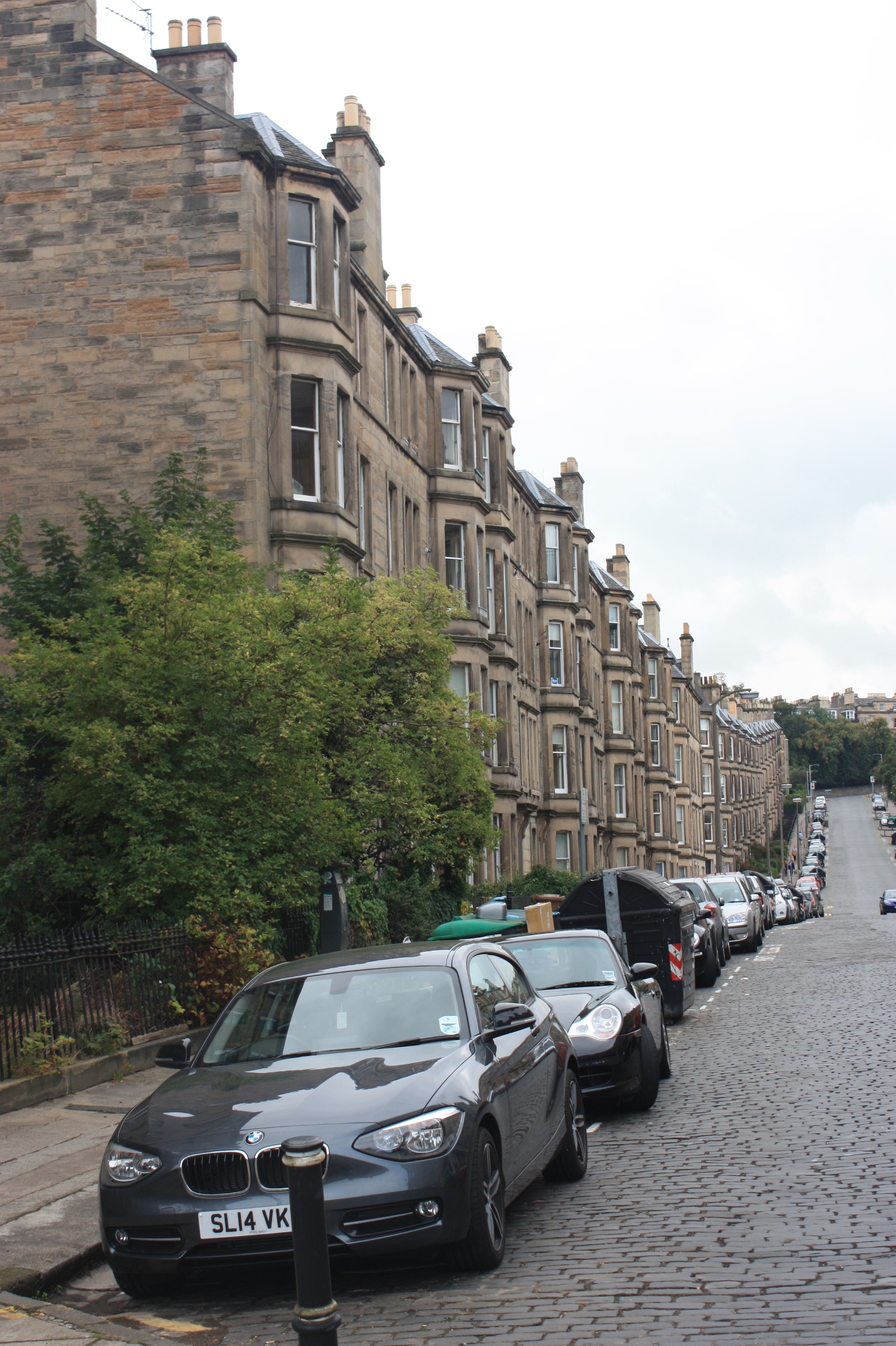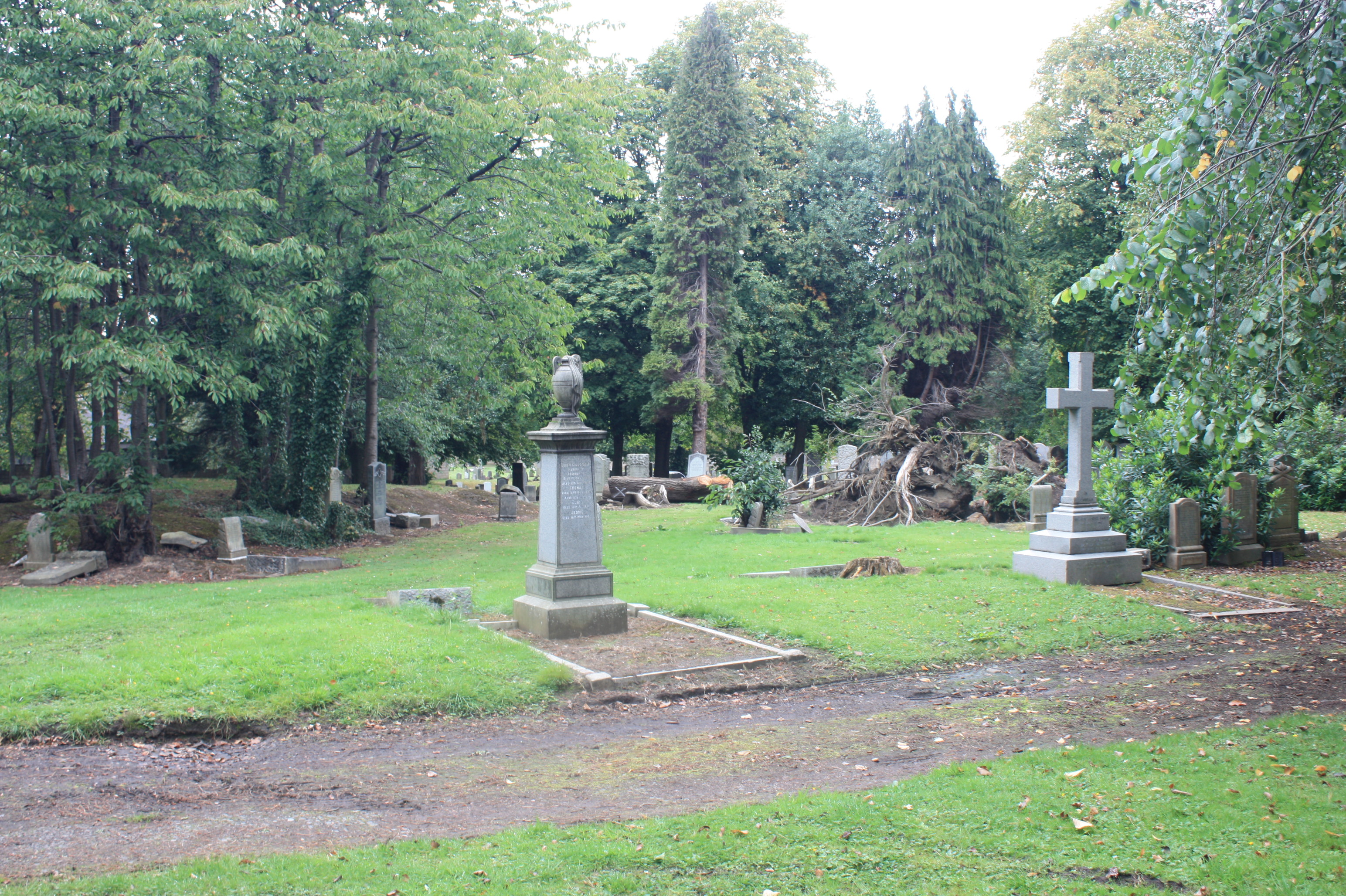Comely Bank on:
[Wikipedia]
[Google]
[Amazon]

 Comely Bank (; gd, Bruach Cheanalta, IPA: ˆpɾuÉ™xˈçɛnəɫ̪t̪ʰə is an area of
Comely Bank (; gd, Bruach Cheanalta, IPA: ˆpɾuÉ™xˈçɛnəɫ̪t̪ʰə is an area of
 The area has a number of buildings of architectural or historical interest:
* Flora Stevenson School 1900 by John Alexander Carfrae
*St Stephen's Church 1901 by J.N. Scott &
The area has a number of buildings of architectural or historical interest:
* Flora Stevenson School 1900 by John Alexander Carfrae
*St Stephen's Church 1901 by J.N. Scott &

 The cemetery was begun in 1896 and laid out by
The cemetery was begun in 1896 and laid out by
(Google Maps)
{{coord, 55, 57, 30, N, 3, 13, 9, W, display=title Areas of Edinburgh
Edinburgh
Edinburgh ( ; gd, Dùn Èideann ) is the capital city of Scotland and one of its 32 Council areas of Scotland, council areas. Historically part of the county of Midlothian (interchangeably Edinburghshire before 1921), it is located in Lothian ...
, the capital of Scotland
Scotland (, ) is a country that is part of the United Kingdom. Covering the northern third of the island of Great Britain, mainland Scotland has a border with England to the southeast and is otherwise surrounded by the Atlantic Ocean to ...
. It lies southwest of Royal Botanic Garden and is situated between Stockbridge and Craigleith
Craigleith ( gd, Creag Lìte) is a small island in the Firth of Forth off North Berwick in East Lothian, Scotland. Its name comes from the Scottish Gaelic ''Creag Lìte'' meaning "rock of Leith". It is at its highest point.
Geography and geolo ...
. It is bound on its northernmost point by Carrington Road and on its southernmost point by Learmonth Terrace. The area is covered by Stockbridge and Inverleith Community Council.
History
The ground was originally part of Sir William Fettes' estate. The original development was a terrace of Georgian town-houses built to face the main east–west road leading to Stockbridge. This was designed by Thomas Brown (architect) in 1817 and still stands today. The Victorian writerThomas Carlyle
Thomas Carlyle (4 December 17955 February 1881) was a Scottish essayist, historian and philosopher. A leading writer of the Victorian era, he exerted a profound influence on 19th-century art, literature and philosophy.
Born in Ecclefechan, ...
lived at 21 Comely Bank Road from 1826 to 1828 with his wife Jane Carlyle
Jane Baillie Carlyle ( Welsh; 14 July 1801 – 21 April 1866) was a Scottish writer and the wife of Thomas Carlyle.
She did not publish any work in her lifetime, but she was widely seen as an extraordinary letter writer. Virginia Woolf ca ...
. At that time, the terrace at the western end of the road was the last row of houses in Edinburgh before the village of Blackhall.
In 1894 the builder Sir James Steel bought the then empty site between Comely Bank and Queensferry Road and developed it as high density but high quality four storey tenements. He later served as Lord Provost of Edinburgh
The Right Honourable Lord Provost of Edinburgh is the convener of the City of Edinburgh local authority, who is elected by the city council and serves not only as the chair of that body, but as a figurehead for the entire city, ex officio the ...
. Construction continued after his death in 1904. It ceased altogether during the First World War
World War I (28 July 1914 11 November 1918), often abbreviated as WWI, was List of wars and anthropogenic disasters by death toll, one of the deadliest global conflicts in history. Belligerents included much of Europe, the Russian Empire, ...
and was not completed until the 1930s.
Notable buildings
Alexander Lorne Campbell
Alexander Lorne Campbell (1871–1944) was a Scotland, Scottish architect, who practised across Scotland. He was founder of the successful firm of Scott & Campbell.
Early life
He was born in Edinburgh the son of Archibald Campbell, deputy city ...
*St Ninian's Episcopal Church 1921 by John More Dick Peddie
John More Dick Peddie (21 August 1853 – 10 March 1921) was a British architect.
Biography
Peddie was the son of the architect and politician John Dick Peddie (1824–1891) and his wife Euphemia Lockhart More. Born in Edinburgh, he attend ...
& Walker Todd
Famous Residents
(taken from Grants Old and New Edinburgh) *Thomas Carlyle
Thomas Carlyle (4 December 17955 February 1881) was a Scottish essayist, historian and philosopher. A leading writer of the Victorian era, he exerted a profound influence on 19th-century art, literature and philosophy.
Born in Ecclefechan, ...
* Jane Welsh Carlyle
*Rev James Browne DD (1793–1841) author, lived at 11 Comely Bank
*John Wilson Ewbank
John W. Ewbank (4 May 1799 – 28 November 1847), was an English-born landscape and marine painter largely operational from Scotland.
Life
Ewbank was born at Darlington on 4 May 1799, the son of Michael Ewbank, an innkeeper. He was adopted as a ...
RSA (1799–1847), artist, lived at 5 Comely Bank
*Thomas Faed
Thomas Faed RSA (1826–1900) was a Scottish painter who is said to have done for Scottish art what Robert Burns did for Scottish song.
Life
Faed was born on 8 June 1826, at Barlay Mill in Gatehouse of Fleet, Kirkcudbrightshire, and was th ...
and James Faed artist brothers lived at 16 Comely BankEdinburgh Post Office Directory 1850
Street Names
Nearly all of the street names in Comely Bank begin 'Comely Bank' or 'Learmonth'. The City of Edinburgh Council's current street naming policy no longer permits this type of naming strategy. Some of the street names have changed over the years, for example Learmonth Grove was known as Comely Bank Loan until the early 20th century.Comely Bank Cemetery
George Washington Browne
Sir George Washington Browne (21 September 1853 – 15 June 1939) was a Scottish architect. He was born in Glasgow, and trained there and in London. He spent most of his career in Edinburgh, although his work can be found throughout Scotland a ...
.
The cemetery has lost its original southern entrance and its ornate gate piers now lead only into a modern housing estate. It is now only accessible from its north-east corner, on Crewe Road. There has been much vandalism in the cemetery.
It is notable largely due to an abnormally high number of war graves, due to its juxtaposition to two of the city's hospitals in WW2. This includes Britain's youngest in-service death: Reginald Earnshaw
Reginald Hamilton Earnshaw (5 February 1927 – 6 July 1941), known as Reggie Earnshaw, is believed to have been the youngest person in the British services to die in World War II. He was just old when he died under enemy fire on the off the ...
only 14 years old.
There are relatively few graves of note:-
* Jeannie Cockburn
Jeannie may refer to:
* Jeannie (given name), a given name and a list of people with the name
* Jeannie (''I Dream of Jeannie''), a main character of ''I Dream of Jeannie''
** ''Jeannie'' (TV series), an animated series based on ''I Dream of Jea ...
(1898–1918) a rare female war grave from WW1 (Lady Driver)
* Clive Franklyn Collett
Captain Clive Franklyn Collett (28 August 1886 – 23 December 1917) was a World War I flying ace from New Zealand credited with 11 aerial victories. He was the first British or Commonwealth military pilot to use a parachute, in a test. While se ...
MC and bar (1886–1917) WW1 flying ace
* Sir Patrick George Don-Wauchope Baronet (1898–1989)
* Reginald Earnshaw
Reginald Hamilton Earnshaw (5 February 1927 – 6 July 1941), known as Reggie Earnshaw, is believed to have been the youngest person in the British services to die in World War II. He was just old when he died under enemy fire on the off the ...
(1927–41) Merchant Navy. UK's youngest war grave
* William Miller Frazer RSA (1864–1961), landscape artist
* William Murray Frier (1911–2014) centenarian
A centenarian is a person who has reached the age of 100 years. Because life expectancies worldwide are below 100 years, the term is invariably associated with longevity. In 2012, the United Nations estimated that there were 316,600 living centen ...
* Alexander Gamley (died 1906) and Fanny Vince Gamley (died 1908) stone by Henry Snell Gamley (presumed to be his parents)
* John Rose Murray (1989-1991), member of House of Representatives of Ceylon
* John ("Jock") Adam Porter (1894–1952) Scotland's first Isle of Man TT
The Isle of Man TT or Tourist Trophy races are an annual motorcycle racing event run on the Isle of Man in May/June of most years since its inaugural race in 1907. The event is often called one of the most dangerous racing events in the world ...
winner
* Thomas Ross (1839–1930) architect and partner in MacGibbon & Ross (stone fallen and damaged)
* Dr Arthur Wilson (died 1925) sculpture by Henry Snell Gamley
References
External links
(Google Maps)
{{coord, 55, 57, 30, N, 3, 13, 9, W, display=title Areas of Edinburgh